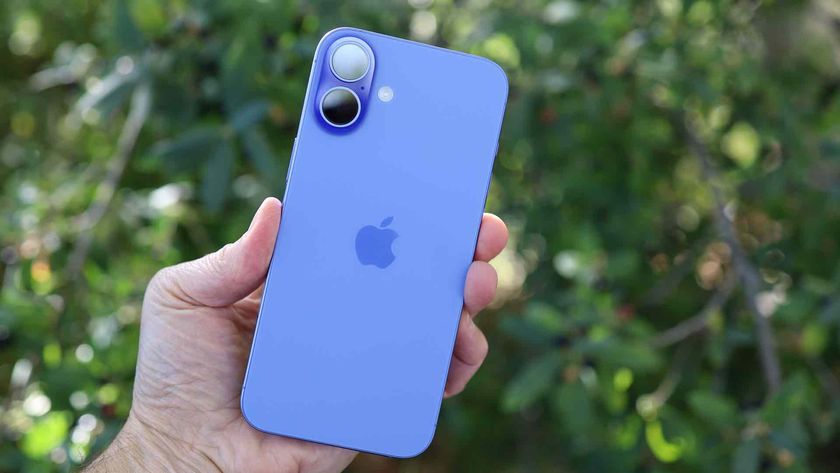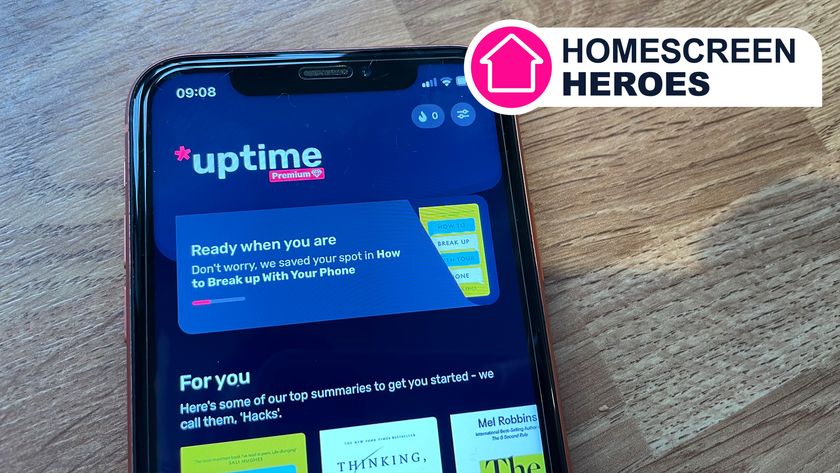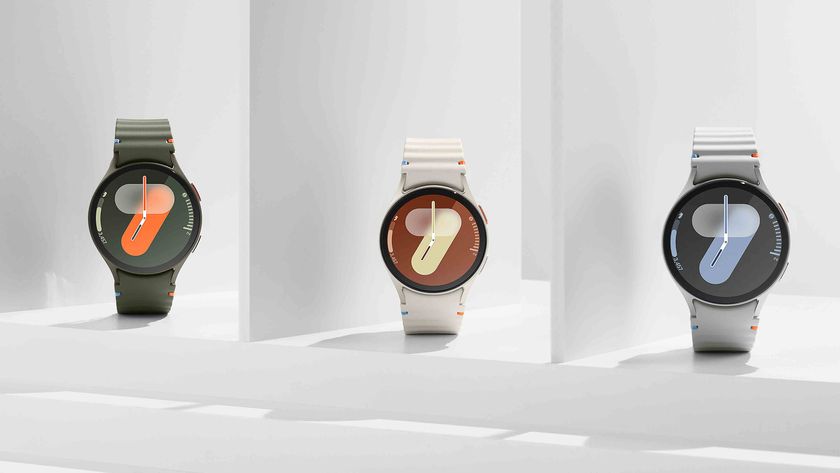How the iPhone has transformed over 10 years
There’s been a lot more than redesigns and added megapixels
Power
For a first smartphone attempt, the original iPhone packed a serious computing punch. The 412MHz ARM 11 CPU that powered the handset was faster than had previously been seen in phones, and was paired with a PowerVR MBX GPU.
It essentially put a computer in your pocket, and birthed a range of more power-heavy handsets.
Computing power is an area that truly highlights how far phones have come over the past decade though: the 64-bit A10 Fusion chip found within the latest iPhones isn’t just 10 or even 20 times more powerful than the debut iPhone, but a staggering 120 times faster.
Featuring four cores and 3.3 billion transistors, it’s a 2.34GHz quad-core, computer-rivaling chipset that will breeze through almost any task thrown at it, as you can see in the speed test below.
From intensive gaming to work-beating multitasking, the iPhone 7 Plus is a caged beast to the snail of the original iPhone.
Storage
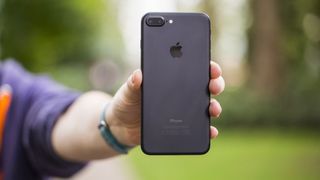
Just like the iPod, which gave users the chance to put thousands of songs in their pocket when CDs were still the main way of carrying music, the first iPhone upped the storage stakes in the phone game.
In 2007, leading phones were packing anywhere between 64MB of expandable storage to a 2GB inbuilt capacity.
Get daily insight, inspiration and deals in your inbox
Sign up for breaking news, reviews, opinion, top tech deals, and more.
Apple shook this up with a trio of storage capacity options, with the entry-level 4GB model already twice as large as most other phones on the market - it was a bold move that drove up cost.
This was just the base level, too, as more expensive iPhones could be had with 8GB of storage, with a larger 16GB device released at a later date.
You can’t even buy a 16GB iPhone 7 Plus. The base model has moved to 32GB over the past 10 years, as files have become greater in size and quantity. This is just the foundations for laptop-rivalling levels of storage though, with the other two jumping off points now being 128GB and a staggering 256GB.
One thing’s not changed over the past decade though. Like the very first iPhone, the latest models still lack any microSD expansion options.
Connections
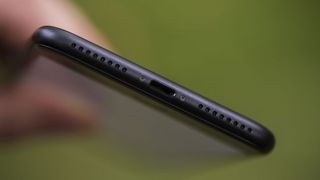
Due to their mass adoption, iPhones have regularly caused uproar when connection ports have changed. The first iPhone launched with the same 30-pin power and transfer connector as had been on the company’s iPods for a number of years.
That meant that it seamlessly worked with all the accessories and docks iPod owners already had and dovetailed nicely into an established ecosystem.
But Apple fans were upset in 2012, when the iPhone 5 appeared having ditched the longstanding 30-pin connection for a faster, smaller, more multipurpose Lightning port.
Suddenly all these add-ons were redundant and the cost of the phone was going to be enhanced with all the new accessories needed.
The iPhone 7 Plus has seen a similar uproar caused, thanks to the culling of the traditional 3.5mm headphone jack - although, ironically, the first iPhone couldn’t handle most 3.5mm headphones anyway, due to the connection being recessed into the phone.
Software / UI
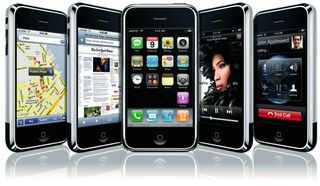
As much as its innovative design and mass of high-end components set the first iPhone apart, combined with the touchscreen, it was its iOS operating system (back then known as iPhone OS) that made the iPhone a star.
Instead of endless fiddly menus and lists of options, the first Apple phone introduced a more simple, elegant point and shoot interface.
However, while the same grid-like structure remains, the first wave was of skeuomorphic, real-world designs displayed as apps - and there were very few of them indeed. The iPhone couldn’t do a lot out of the box.
It wasn’t until a year later, with the launch of the iPhone 3G, that the iPhone’s main software selling point dropped - the App Store. By opening up its software to third party developers, Apple started what would quickly become the smartphone standard, with its App Store now offering more than 2 million apps.
New software features have continued to drop year-after-year over the past decade, with simple additions like copy and paste in the early days making way for Apple’s digital assistant, Siri, in recent years.
The iPhone 7 Plus is a different-looking beast to the first device, with iOS 7 changing the look of Apple’s phones to a brighter, flatter and more clean design, which has been maintained through to iOS 10.
Now users can swipe from the top, bottom and left of the screen to get access to more controls, where the first iPhone could… well, you didn’t need to swipe anywhere as there were no apps.
Connectivity
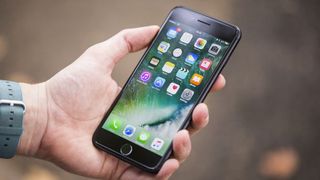
It’s not just the physical connections that have changed with the iPhone either. The connectivity has also come on leaps and bounds since 2007, when the original iPhone overlooked 3G for sluggish EDGE cellular connectivity.
3G compatible phones had been available since late 2004, but Apple didn’t add such support until its second-generation phone, the aptly named iPhone 3G, in 2008. The first iPhone lacked GPS too, with just Bluetooth 2.0 and Wi-Fi 802.11b/g rounding out its connectivity options.
Subsequent iPhones have continued what the iPhone 3G started and carried on offering faster, more reliable cellular connections as the infrastructure has grown, with the latest models supporting LTE-Advanced Pro, or 4.5G connections, meaning you can download apps and even full length HD movies in a matter of seconds.
Support for new, faster Wi-Fi 802.11a/b/g/n/ac standards have also been added, GPS is combined with GLONASS for extra reliability with location tracking, and stronger, speedier, more reliable Bluetooth 4.2 has also joined the mix.
Even NFC is on board now, although its use is limited to paying for things with your phone.
The iPhone 7 Plus is one of the fastest phones on the market when it comes to downloading content to your handset - it’s hard to imagine that back in 2008, Steve Jobs was standing on stage for 59 seconds silently while a web page loaded:
- Will the iPhone influence human evolution?
- Main image credit: Getty
- 1
- 2
Current page: Power, storage, connections, software and connectivity
Prev Page Screen size, resolution, build, camera and battery